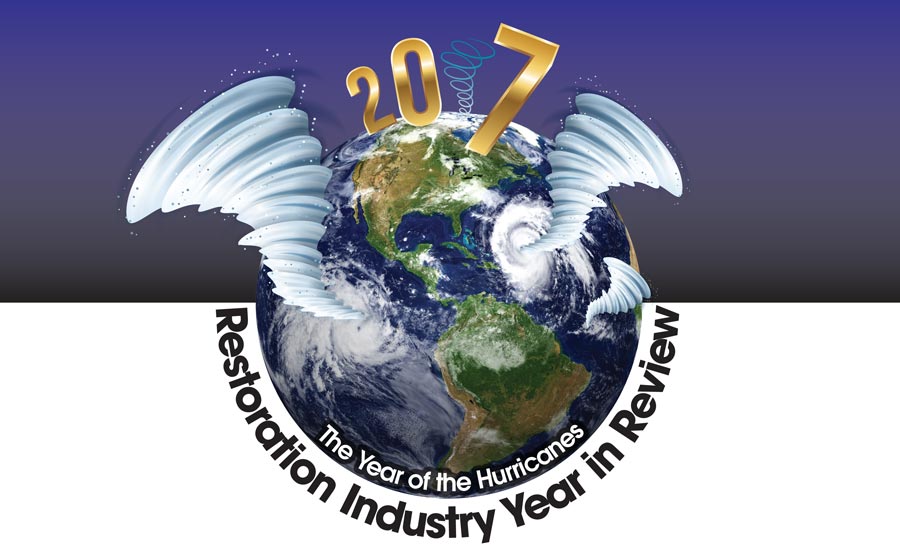2017 Cleaning Industry Year in Review
Article written by Michelle Blevins
When hurricane season arrived this year, the U.S. had not seen a Category 3 or larger storm make landfall in more than a decade. Then, not one … but two did just that.
Hurricane Harvey came first, making his first landfall in Texas on Sept. 25 as a Category 4 storm, packing wind gusts of over 100 mph. The massive storm stalled over Houston, dumping up to two feet of rain on certain areas. In all, 70 counties in Texas and Louisiana were affected by Harvey.
On Sept. 30, just hours after Harvey’s second landfall in Louisiana, Irma evolved into a hurricane in the eastern Atlantic. Hurricane Irma was a Category 4 storm when she made landfall over the lower Florida Keys on Oct. 10. One day later, as she continued moving northward across Florida, Georgia, and the Carolinas, Irma was downgraded to a tropical storm, and later in the evening dropped further to a tropical depression. Moody Analytics predicts the two major hurricanes caused around $150 billion in damage, although figures greatly vary depending on the source.
Weather.com ranked this year’s hurricane season among the top 10 most active seasons in history. While the U.S. certainly took a beating, parts of the Caribbean were hit much more severely. It will be years before Puerto Rico recovers.
This was the year of the hurricanes.
But, if we are talking natural disasters of 2017, we can’t stop with the hurricanes. The wildfires in California swallowed up more than 245,000 acres, the equivalent of almost 400 square miles. Nearly nine thousand structures destroyed, and 42 people killed. Thousands more homes and businesses were damaged, and the need for odor remediation services alone is astounding.
These disasters might not be in the headlines anymore, but we all know full well this work will continue well into 2018. In fact, some suppliers and manufacturers are still playing catch-up to meet industry demands today.
Disasters certainly weren’t the only major discussion in the industry in 2017. If I had to sum up 2017 in four words or acronyms, I would say (in no specific order):
- Disasters
- TPAs
- Franchises
- Technology (namely drones)
THIRD-PARTY ADMINISTRATORS
Truthfully, when I was naming this article, I intended to name it “Year of the TPA”. While the natural disasters affected millions of people, I’m not sure there was a more popular conversation within the industry this year than TPAs. Third-party administrators are not a new concept in our industry. However, this year saw some more push back from contractors who see some issues within the TPA system. We saw the birth of the “Restoration Rebels” through one simple LinkedIn post. As of Nov. 16, the Facebook group created for this movement had 1,100 members … and some daily lively discussion about everything restoration.
While that group is perhaps more outspoken and driven toward some significant changes. The Restoration Industry Association took a more diplomatic road, creating a platform for this discussion to take place between all parties involved. It was a packed house at the RIA’s Strictly TPA Summit in Nashville in early November. In fact, it was so full, extra chairs had to be brought in. But this wasn’t just a place for griping and complaining about TPAs.
This was a place to engage in real discussions about how restoration companies can grow their businesses. There were restorers there who don’t do any TPA work but wanted to learn more about it. Likewise, there were companies there who do a lot of TPA work, and want to continue doing so but want to do it better. There were also companies who realized their reliance on program work is too heavy. And they were searching for ways to bring in more private pay jobs. The event answered all of that.

It was a packed house at the RIA’s Strictly TPA Summit in Nashville in early November.
The second day, which organized partly by the RIA’s Young Professional Restorers Committee, included a panel discussion with representatives from the major TPAs. Attendees were able to offer questions and comments to the panel via some innovative smartphone technology. In just one hour, more than 500 questions and comments received through that platform. Needless to say, not all the questions were answered. But everyone agreed it was a great start to the conversation about what contractors would like to see changed such as:
- Fewer or no fees to be part of a TPA
- Less administrative work and burden on the contractor side
- More uniform background check requirements between the various programs
- Better payment of claims
- More education on the part of the adjusters
Of course, some answers from the TPA panel better accepted than others. Some do realize there is a direct correlation between contractor satisfaction with the network and the customer’s experience. Dan Cassara of Oriel Managed Repairs suggested there is a big opportunity for contractors to start educating the carriers themselves about best practices. Vincent Patane of Alacrity and Ed Reis of Vericlaim echoed similar sentiments during the discussion. That they were there to hear what about the programs isn’t working for contractors and to take that back to the carrier.
It’s important to note, not all the blame for industry issues necessarily lies on the TPAs.
“We’ve created our own problems by lack of standards among our industry. Bad contractors give us all a bad name. Why should carriers trust us,” challenged BELFOR’s Director of Operations, Rusty Amarante. “If you’re getting squeezed by the TPAs, they need to understand we have to operate profitably.”
Ken Larsen, the founder of the Registered Third Party Evaluator designation, shared some strong words as well, questioning “what happens to the integrity of our industry when we participate in a program that has stipulations that affect our integrity?”
In the end, Phil Rosebrook of Business Mentors perhaps said it best when he suggested we, as an industry, need to come together to look for big solutions, not claim-by-claim fixes.
Look for more on this discussion carrying into 2018, largely through the RIA, including at their February conference in Austin, Tex.
FRANCHISES
Another area where the industry saw some big change in 2017: the growth of franchises. Some might even call it a year of explosive growth.
Are you ready for this? 911 Restoration has grown 230 percent year-over-year. They credit brand recognition and the ability to positively impact and restore lives in the U.S. and Canada as the reasons behind their success.
Restoration 1 added 78 new locations in 2017, translating to a 95 percent increase in revenue across all franchisee locations. They expect to add over 100 more in 2018.
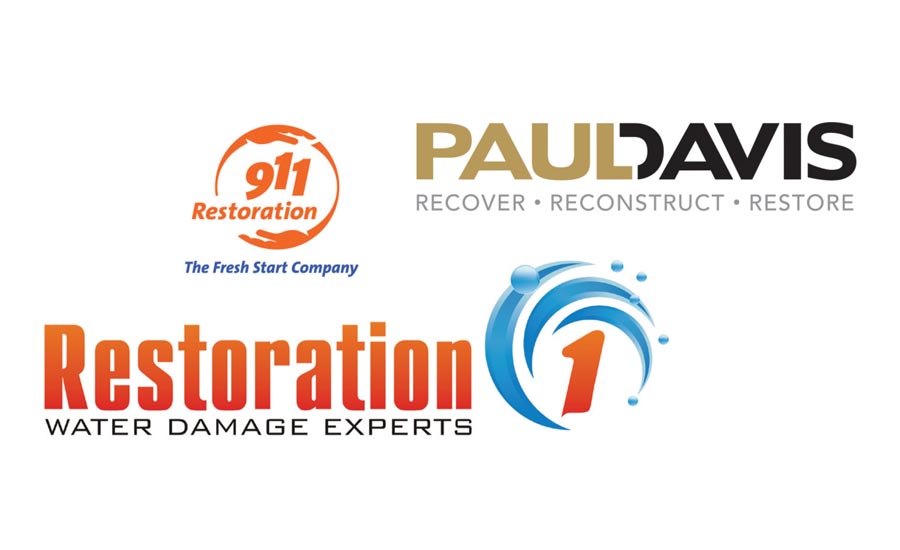
Another area where the industry saw some big change in 2017: the growth of franchises. Some might even call it a year of explosive growth.
“Superior systems, processes, and a proven approach to sales and marketing are the litmus test for a successful franchisee,” explained Gary Findley, Restoration 1 CEO. “On the franchisor side, strong validation is key. Consistently positive franchisee validation fuels franchise development results.”
Paul Davis also had a solid year, posting 20 percent growth thanks to the addition of 32 new offices through the beginning of November.
TECHNOLOGY
Drones are obviously a very intriguing innovation that is getting its foot in the door in the restoration industry. When the hurricanes hit, insurance carriers and even homeowner’s associations took advantage of drones to inspect for property damage. Check out the thermal imaging article in this issue to see just how much drones could change how contractors do inspections and repairs.
More and more contractors are seeing the value in various software and apps that can streamline the claims and documentation process. RoofScope is just starting to come into the scene and lets contractors order the scope of the entire exterior envelope of a building with a simple text message. From there, contractors can use the customizable software to create estimates, order materials, and create invoices. They can also see a breakdown of overhead and profit.
CompanyCam is also emerging as another new way to take job site photos and have them sync automatically back to the office, as illustrated in the image above. But that company’s innovations don’t stop there.
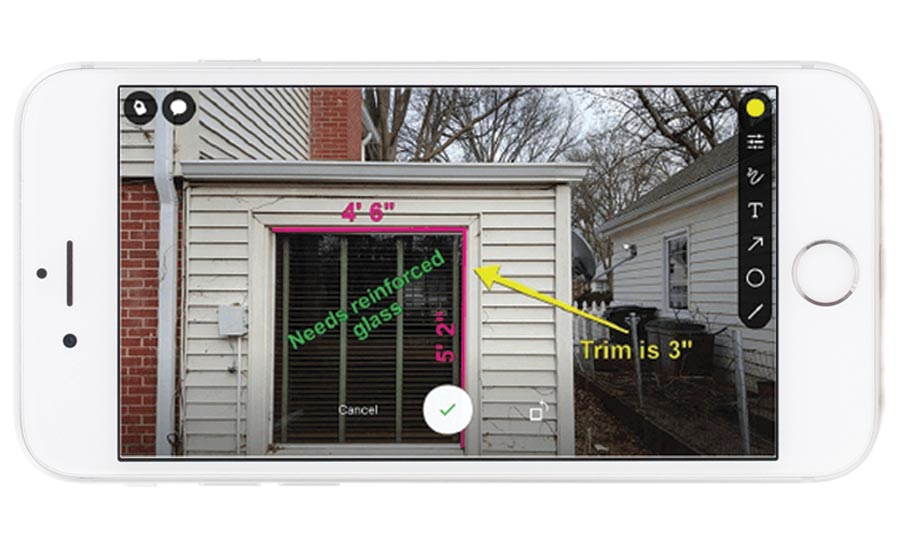
CompanyCam in action.
“The biggest new technology we’re seeing is augmented reality,” said CEO Luke Hansen. “Augmented reality allows you to virtually interact with the real world through your smartphone camera. This means restoration contractors can measure rooms without a tape measure and help their customers visualize how their property will look when the restoration is finished.”
Hansen also offered some unique advice when talking about the speed of technological change.
“There’s no great way to predict exactly what things will look like in five years, but what we can know for sure is that it will be different,” he said. “I think the best advice I can give a contractor is to avoid signing long-term contracts for the software they use. Because something better may come along and you don’t want to find yourself locked into a solution.”
On that note, more well-known software companies in the restoration space made strides to become more all-encompassing software solutions.
In June, Next Gear Solutions acquired MICA, a mitigation management application. And last month, Canam Systems/PSA announced integration with Moisture Mapper.
FORENSIC RESTORATION & ILLICIT DRUG LAB CLEANUP
There has also been a unique use of technology in the forensic restoration field, through the creation of #250. BioPTO, an organization created to advocate for better standards and practices in the forensic world. Created the #250 hotline that is now available in several states for people to call when they need forensic restoration services.
Late last year, both the RIA and IICRC released documents outlining best practices for forensic restoration. This year, we saw mass shootings in Las Vegas, Texas, Florida, and elsewhere. Members of the forensic restoration world are working hard to better educate first responders on the need for proper cleanup of these scenes to control cross-contamination.
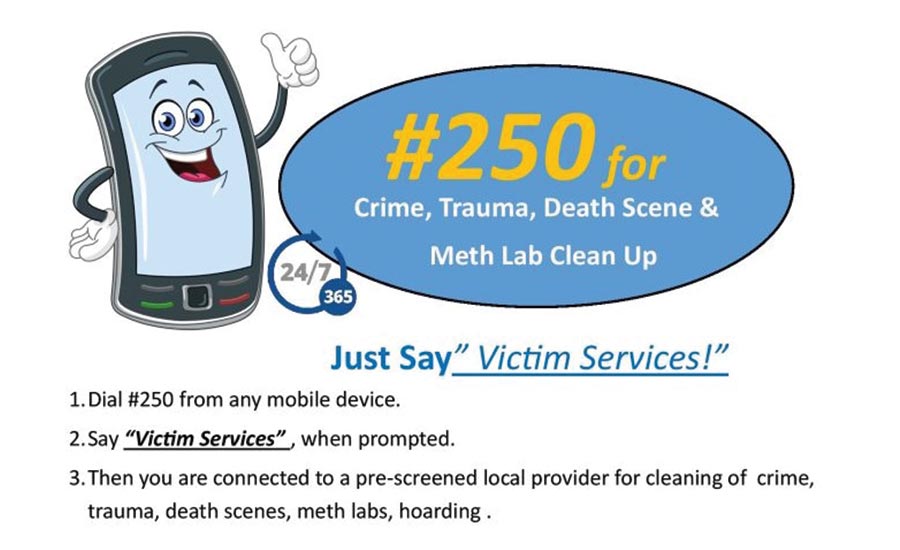
There has also been a unique use of technology in the forensic restoration field, through the creation of #250.
Here is what Gordy Powell of GeorgiaClean Trauma Services had to say about the year in forensics:
In the light of public tragedies involving numerous workplace shootings. The Las Vegas Shooting this year as well as the 2016 Pulse Night Club Shooting in Orlando; we have noticed a new evolving routine on how public and emergency responders are viewing the forensic restoration industry landscape. Especially that they are happening in public areas. The question is now starting to be asked by incident scene commanders, “So, now that our investigation is closing down, who will clean this up?”
I have had tremendous opportunities this year to sit with industry leaders in the forensic restoration industry as well as in other related fields to include Incident Scene Commanders and the CDC. These leaders in mass casualty scene response say the days of firehouse washdowns need to end. Not only are the washdowns spreading contaminants much further out with all the PSI (Pounds Square Inch). Hitting the biological fluids but there is the fear of pathogens that live for weeks outside the human host that pose a clear and present danger. Education on proper extraction techniques is the new rule or order.
This is also the first year R&R has talked about fentanyl lab cleanup. While meth was the popular trend several years ago, fentanyl seems to be today’s drug of choice. The key to this type of illicit drug lab cleanup is safety, safety, safety. You can peruse some past R&R articles for more on this topic, and know more is coming in 2018.
EQUIPMENT & PRODUCT INNOVATIONS
Mickey Walker at Viking Air Movers put it very eloquently when he said there has been a greater divide in 2017 between the brand builders and the deal makers.
“We have seen an increasing trend toward importers of higher quality products,” Walker explained. “Those companies that control or even own interests in these offshore manufacturing companies are beginning to see that the path to acceptance in our industry is that of quality, innovation, and support. Some offshore brands are beginning to gain some traction.”
On the flip side, there are deal makers.
“We are also seeing that importers of off the shelf, cheap as we can, just for profit suppliers are having difficulties in sustaining any kind of loyal following,” he said. “These companies often sell to anyone who will help them get to next month, often with little to no after-the-sale support. This is truly a global economy and industry!”
Many equipment companies made moves in 2017 to get a stronger hold on the market. Meyer Machine celebrated its 25th anniversary, Odorox made major moves to educate further on hydroxyl use for odor removal, B-Air announced it would begin selling equipment at Home Depot, and the list goes on and on.
Other companies, like Bad Axe products, formerly known as Mold Solutions, went through major re-branding and product line changes. Similarly, Contec came out with a botanical, citric acid disinfectant, and Odorcide Duralast products added PetSoothe for certain applications, just to name a few.
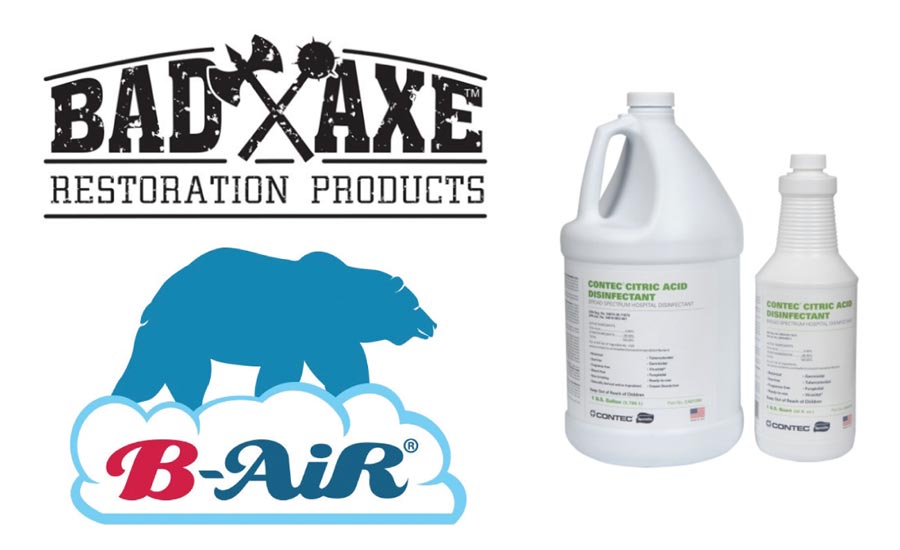
Other companies, like Bad Axe products, formerly known as Mold Solutions, went through major re-branding and product line changes. Similarly, Contec came out with a botanical, citric acid disinfectant, and Odorcide Duralast products added PetSoothe for certain applications, just to name a few.
WRAPPING IT UP
One article cannot even hope to wrap up everything that has changed in the restoration industry this year, but hopefully, we hit the high notes. There are many other things we could have talked about, like the RIA’s update to the Certified Restorer Body of Knowledge. Crawford getting a new COO, and the fact that finding good people can be just downright hard these days.
As we head into the final weeks of 2017, take a moment to reflect on your year. Did you reach your goals for your restoration business? Did you see anything within the industry change or shift? Are you optimistic about looking into 2018? We sure are!

